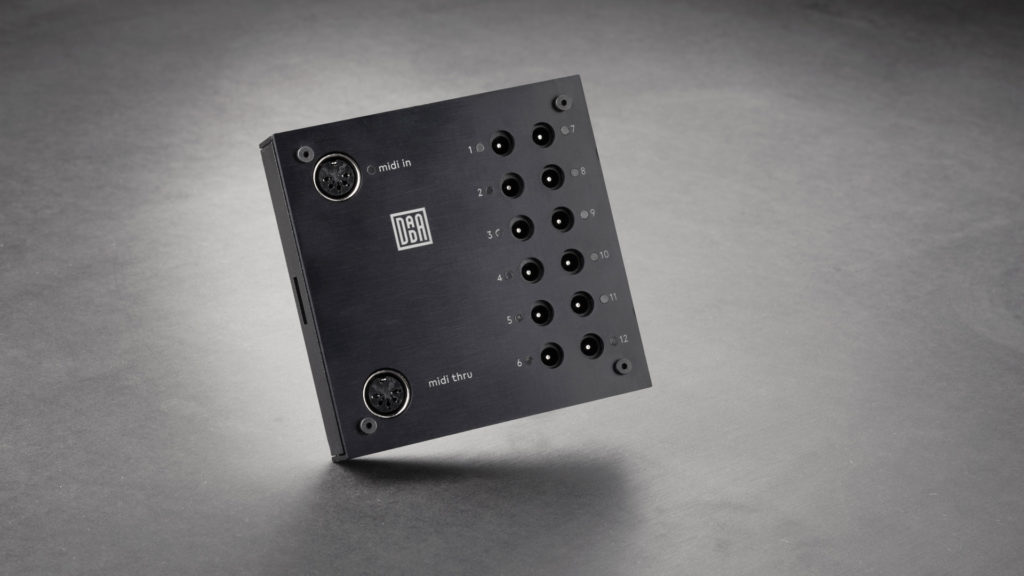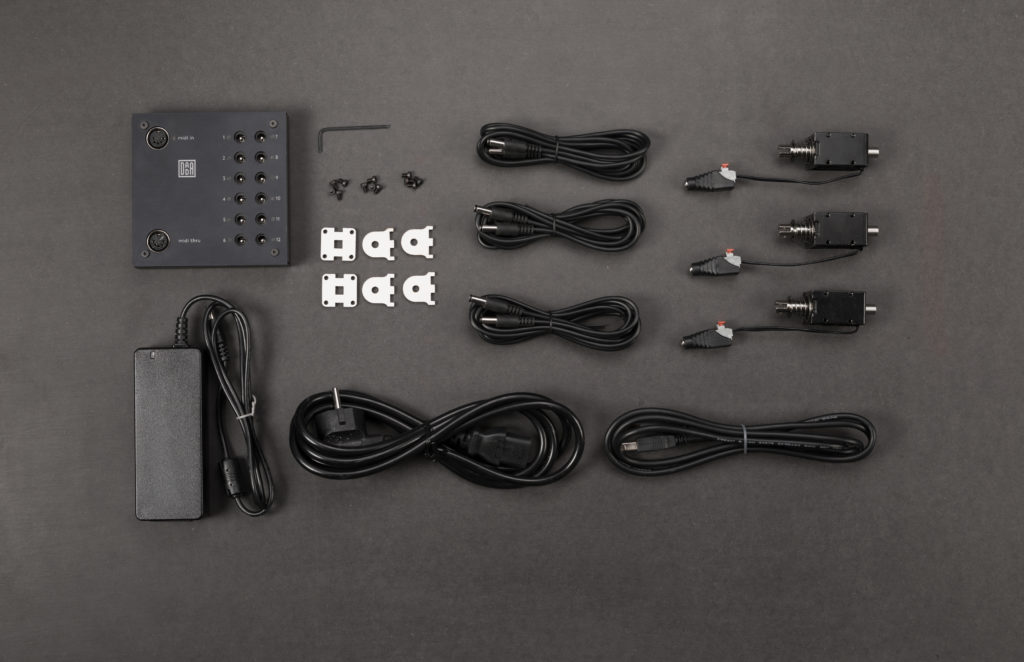There was a time when using controllers to play music was still novel. Building them was a technically complicated task, limited to a handful of individuals – most of whom had to keep solving the same basic problem of how to get started over and over again. Now, we know, that’s no longer the case. There are controllers everywhere. You can buy a finished one off the shelf. If you want to customize and modify that, it’s easier than ever before. If you want to make your own, that’s easier than before, too. And the result is that musicians separate themselves by making their music special – by practicing and creating something uniquely theirs.
Now, it seems that a friendly little niche of electronic music making is poised to open up for robotic instruments. (As my friend Donald Bell so nicely put it, quoted on the Kickstarter here, “tinkertechno.”)
I’ve been watching the evolution of Johannes Lohbihler’s dadamachines project as it’s evolved over a period of years. And yes, the first thing to know is — you can bang stuff with it!
Now, that might alone be enough – banging things is fun for just about all humans. But there’s more here than that. If you think of a hardware controller as a way of turning physical input into digital music, this really is a glimpse of what happens when you make digital music into physical output.
And the cleverest thing Johannes has done is to nicely productize the core of the system. The automat controller box, the brains of the operation, lets you quickly plug in anything 12 volt. That’s nice, in that there hasn’t been any plug-and-play solution for that. So whether it’s a solenoid (those things plunking stuff) or a motor or anything else that runs on 12 volt, connections are easy.

There’s a USB connection for a computer/tablet, but you can also unplug the computer and just use MIDI in and out. And it comes in a nice case – which, sorry, actually makes a really big difference for real-world use!
The whole box reminds me of the first analog and MIDI connections for studio equipment. It has that same musician-friendly look – and feels like something that could really open up the way you work.
Now, from there, dadamachines bundle various larger kits of stuff. So if you aren’t quite ready to hack together your own solutions, you can start playing right away — just like buying a percussion instrument.
These are also really nicely thought out, adding power adapters, the robotic solenoids, and other percussive elements (as seen in the video). Don’t be put off by the pricing of the bigger kits – a basic “(M)”edium-sized kit runs €399. (and believe me, otherwise add up the amount you could spend on DIY mistakes…)


The different variations (explained on Kickstarter) allow you to do real-world percussion with objects of different sizes, shapes, and orientations. Some produce sound by bouncing materials off a speaker; some sit atop objects and hit them. One is a mallet; a LEGO adapter makes prototyping really easy.
I’m picking up an evaluation kit today, so stay tuned to CDM and we’ll try to do an interesting review for you.
Keep in mind that while that may seem to give away the novelty here, what you do with these instruments is up to you. You’ve now left the digital domain and are in the acoustic world — so the creativity really comes from what real-world materials you use and the musical patterns you devise. (Think of how much variety people have squeezed out of the TR-808 over the years – the limits here are much broader.)
But for people who do go deeper, this is open source hardware. Everything is Arduino-based and looks easy to hack. The GitHub site isn’t live until after the campaign (I’ll let you discuss the relative merits of whether or not projects like this should do this), but from what I’ve seen, this looks really promising. And it’s still a lot easier than trying to do this yourself with Arduino – even just solving the case is a big boon.
I imagine that could lead to other parallel projects. In fact, I think this whole area will do better if there are more things like this — looking to the models of controllers, MIDI, Eurorack, and even recent developments like Ableton Link as great examples.
I’ll be at the launch party tonight checking this out.

Tech Specs
automat controller
Connectivity
– USB Midi
– DIN Midi-In & Thru (Out option)
– 12 DC Outputs (12-24V max. 1.3A)
– External power supply 12-24V
– Arduino shields & extension portSoftware
– Simple learn mode >1 button click
– Advanced learn modeHardware
– Anodized aluminum panel
– Powder coated steel shell
– Dimensions – 110 x 110 x 26mmAdditionally, each toolkit comes with adapters & elements helping the users to get started easily.
More:
Kickstarter: http://bit.ly/dadakick
Web: http://dadamachines.com